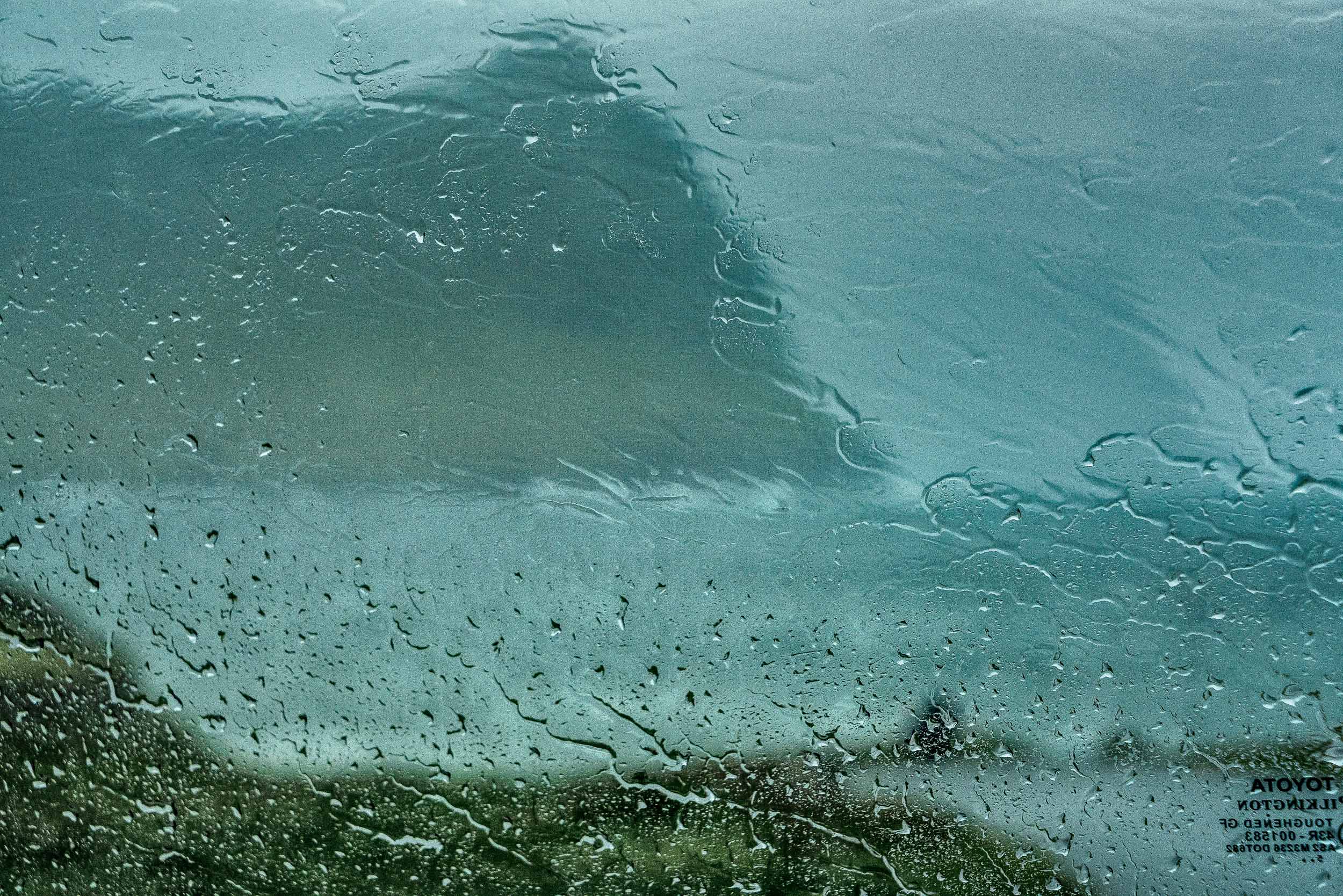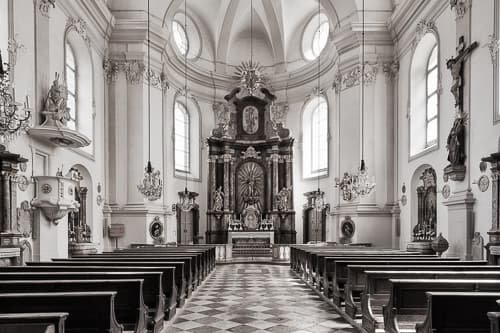What's Different About Travel Photography?
The wild beauty of Greenland seen through my plane window just before landing in Ilulissat, Greenland.
The view of a famous city, the vastness of a desert landscape, the magnificence and fragility of the animal world, the excitement of an ultra modern neon lit city, the assault on the senses when visiting a local market, the peace provided by a rainforest and the serenity one experiences when visiting a sacred site await the adventurous traveller. But what part does photography play in your travels and how important is the making of great images to the success of your trip?
Photography Preserves Our Memories
Photographs offer a way of effectively sharing our experiences with family and friends. Whether by the traditional photo album or via blog, website or social media photography provides us with the opportunity to both re-live and share the color and excitement of our adventures. For many years to come our photographs will be a great aid to help us remember many of the experiences associated with our travels.
While many recognize the importance of recording these treasured moments, few are prepared for the experience of actually making the images. Here are a few tips that might be of help, particularly if you place considerable value on the success of your photography.
Instead of making pictures of family and friends in familiar surroundings, you’ll likely be photographing strangers, in unfamiliar surroundings, and probably photographing more landscapes, architectural interiors and close-ups than you would otherwise.
The most amazing moments happen right before your eyes. This places you under pressure to make a great image of what may well be a once in a lifetime experience.
Landmark buildings reflected in the waters of the Moskva River on a warm summer evening in Moscow, Russia.
Making Great Photos | Practice Makes Perfect
You’ll have much more chance of being able to make a great image, under such challenging circumstances, if you practice making the same sort of picture before you begin your trip. This is no different for a photographer than it would be for an athlete, musician or actor. Practice makes perfect. To be able to make a great image you need to be able to do the following:
- Anticipate the moment before it happens
- Have the level of familiarity with your equipment that will allow you to set and use it quickly
- Know where best to stand and, if need be, move yourself and/or your subject to make the most out of your lens and the light you’re working under
- Be able to construct a strong composition
A casual conversation in the multi-purpose hall in the village of Maria Purem (a village named after by mother) near Chennai, India
How To Successfully Photograph An Event
While this might seem like a tall order, you can prepare for most situations by finding similar events in your own part of the world. Let’s say you live in a small country town in Middle America. Every year there’s a parade that celebrates, for example, Independence Day. Though there might only be 200 people attending the parade, you’ll likely face many of the same challenges making great pictures there that you will a month later photographing a major religious procession in India. The problems are often the same, just on a larger scale.
To make good images you’ll need to research the event: its date, time, location and route; and determine the best vantage point for composition and light. This research will go a long way to determining the success of your photos.
Three young girls at play in the grounds of a Hindu Temple complex in Bali, Indonesia.
Make Great Photographs By Knowing Where To Stand
It’s essential that, unless you’re looking to make a silhouette, that the sun be behind you so that the subject’s face and clothing are lit. In the case of a parade get to the event early and position yourself on the side of the street, or on a bend in the road, where the light comes from behind you. If the light is situated directly behind you it will be easier to reveal identity in the subjects you’re photographing. And by identity, in the case of people based photography, this is what I’m referring to:
- Age
- Gender
- Ethnicity
- Clothing
- Expression and mood
A porter, loaded with goods, walks a windy and exposed path on Huangshan (i.e., Yellow Mountain), China.
Your Camera Is A Passport
Photographing public events (e.g., parades, processions, protests) provides you with the opportunity to practice asking strangers for permission to make their portrait. You’re also in a position to photograph those directly involved in the event and those attending as spectators. What’s more, where circumstances allow, you’ll be able to more fully tell the story of the day by photographing behind the scenes elements associated with the event’s preparation and conclusion.
You’ll only ever make great photographs if you use the camera in a way that empowers you. You might be very shy by nature but, with the camera in your hand, you can develop super hero confidence and abilities. Your camera can be an obstacle or a passport into a new and exciting world. It all depends on your viewpoint.
You might be about to travel to Vatican City to visit St. Peter’s Basilica. Before undertaking your trip why not spend a few hours photographing a local church in your area. Of course it’s always advisable to ask permission when making photographs in such places, particularly if you’re going to be setting up a tripod in a doorway or planning to walk up onto the altar area.
It would also be wise to send an email to your tour guide asking if tripods are allowed inside the Basilica. If not practice making the same kind of images, without a tripod, closer to home to determine the slowest shutter speed at which you can successfully hold your camera without experiencing camera shake. When you’re finally get to photograph inside St. Peter’s Basilica and you reach the shutter speed at which camera shake is likely to occur, set your lens to a wider aperture and/or higher ISO setting. This will provide you with a faster shutter speed ensuring an acceptably sharp result.
There’s More To Image Editing Than Lightroom And Photoshop
The next thing to do is to study your images with a critical eye and understand the limitations of your equipment (e.g., the magnification and angle of view offered by your lens or the image quality/high ISO tradeoff associated with your camera and the way you use it) and under what conditions you’d be unable to make a satisfactory image.
This photo was made, while sheltering in my car from heavy rain and gale force winds, in the town of Vidareidi, the northernmost settlement in the Faroe Islands.
Pain And Disappointment Are Great Teachers
If you love photographing people you should take your camera along to as many parties, picnics and barbecues as possible before your travels begin. Practice making candid and more formalized portraits of people you know. Learn from disappointment the type of lighting conditions that produce poor results. Remember those conditions and allow that memory to remind you of the negative feelings you experienced when you failed to make good pictures.
While this might seem a strange thing to do, it is an essential strategy toward producing great results when it counts. It’s not about embracing or dwelling on disappointment, it’s about using the power of negative emotions to cause you to learn from your mistakes and to take action to ensure you don’t repeat them, again and again. Not wanting to experience the same negative feelings you will do what you need to do (e.g., move yourself and/or move the subject) to produce a better result the next time you’re photographing under the same lighting conditions.
Controlling The Look And Quality Of Your Photos
On a bright, sunny day the solution may be as simple as asking the subject to move into the soft, flattering light offered by even shade. I frequently ask my subjects to move just a few steps out of the sun into what’s known as open shade. When they do you’ll notice that bright, shinny areas on their skin are reduced and that they stop squinting, which reduces visible lines on their face and allows you to see the color of their eyes.
To achieve good exposure and acceptable contrast ensure that there are no really bright areas, such as a light tone sky or sun bleached grass, in your composition.
One of the critical differences between a professional and amateur photographer is the professional photograher's determination to photograph under the best lighting possible. Sometimes that involves complicated lighting arrangements. Often it means looking around and determining what area (e.g., ground, table, wall) is lit in a pleasing manner and having the confidence to move the subject into that light. Again, practice makes perfect.
Hercules Statue at the Hercules Pavilion in the Kings Gardens in Copenhagen, Denmark.
Photography Is Light And Life
With a better understanding of how to use your camera, and what conditions produce the best possible results, you’ll be well on the way to making great pictures on holiday and through the rest of your photography adventures. Your increased skills and knowledge will allow you to photograph with more positive energy and confidence than you otherwise would have.
You’ll begin to notice the color, direction and quality of light in your daily life and come to an understanding that photography, at it’s most fundamental, is beyond cameras, shutter speeds, apertures and ISO.
I’d love to help you accelerate your own, individual creative journey through photography. Feel free to contact me if you’d like to discuss the variety of training options I offer.






